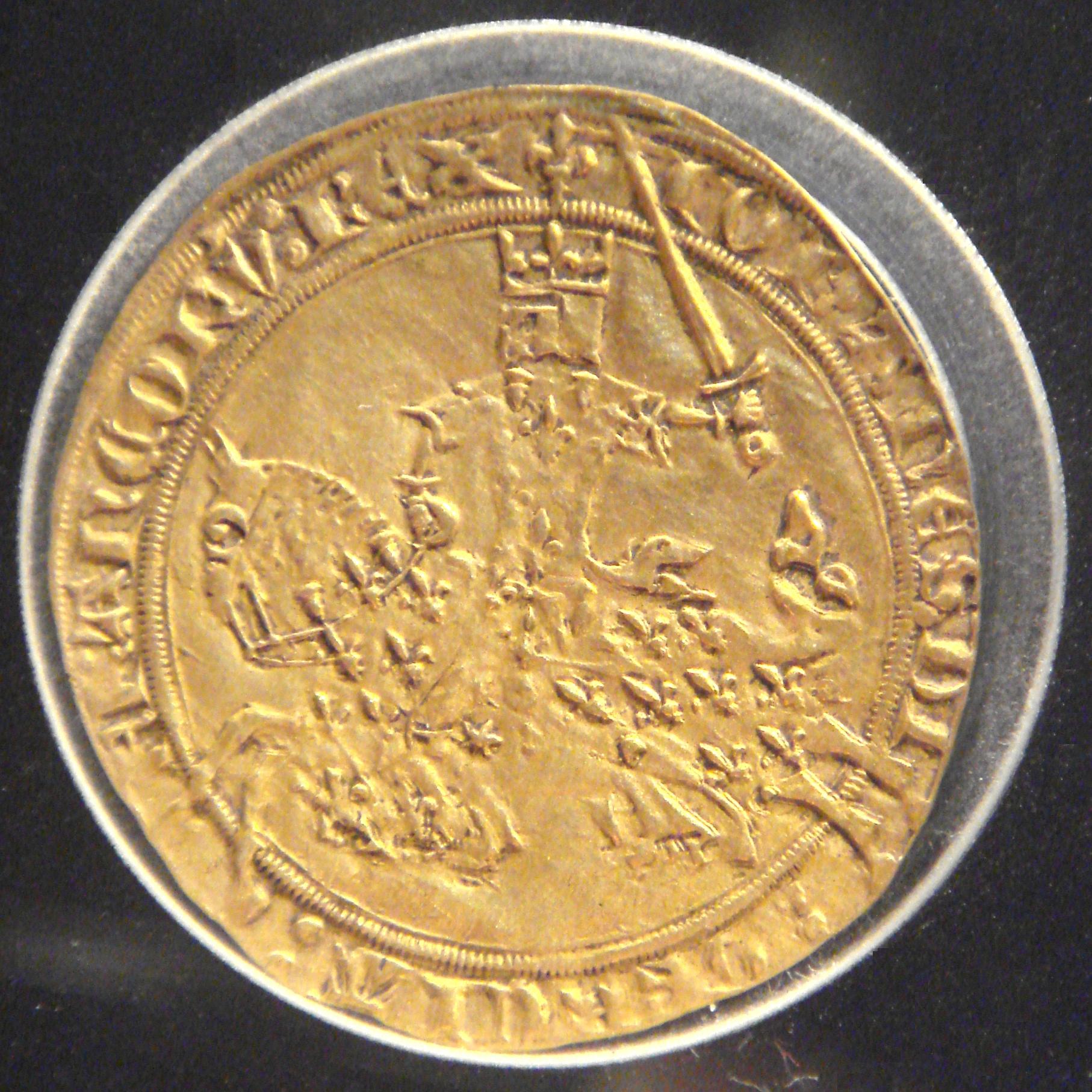|
Dobrunje
Dobrunje (; or ''Dobrouine'') is a formerly independent settlement in the southeast part of the capital Ljubljana in central Slovenia. It belongs to the City Municipality of Ljubljana. It is part of the traditional region of Lower Carniola and is now included with the rest of the municipality in the Central Slovenia Statistical Region. In addition to the main settlement, Dobrunje consists of the hamlets of Devce (in the west along the road to Bizovik), Marinki (in the north along the main road to Litija), Na Trdnjavi (to the south, at the base of St. Ulrich’s Hill), Ob Cesti (to the east), and Pod Ježo (to the north, toward the Ljubljanica River). Rastučnik Creek, which begins below Orle, runs through the western part of the settlement before joining the Ljubljanica. Name Dobrunje was first attested in 1312 as (and as ''Dobriewn'' in 1444 and ''Dobrün'' in 1490, among other spellings). The name is derived from the hypocorism *''Dobrunъ'', based on the adjective *''dobrъ'' ... [...More Info...] [...Related Items...] OR: [Wikipedia] [Google] [Baidu] [Amazon] |
Bizovik
Bizovik (; in older sources also ''Bezovik'', ) is a formerly independent settlement southeast of the capital Ljubljana in central Slovenia. It belongs to the City Municipality of Ljubljana. It is part of the traditional region of Lower Carniola and is now included with the rest of the municipality in the Central Slovenia Statistical Region. Parts of the settlement include V Dolini along the road toward Orle, Zgornji Konec or Nazaret around the church to the northwest, Pod Kopalom from the church down to the valley, and Na Vasi in the north. Name Bizovik was attested in written sources in 1252 as ''Holern'' (and as ''Holaren'' in 1408 and ''Holler süpp.'' in 1490). The Slovene name is derived from the Slovene common noun ''*bъzovikъ'' ' elder grove' (from the noun ''*bъzъ'' 'elder'). This is confirmed by the Middle High German attestations of the name, which contain the root ''holler'' or ''holder'' 'elder'. History Until the Second World War, Bizovik was known for its wash ... [...More Info...] [...Related Items...] OR: [Wikipedia] [Google] [Baidu] [Amazon] |
Flag Of Slovenia
The national flag of Slovenia () features three equal horizontal bands of white (top), blue, and red, with the coat of arms of Slovenia located in the upper hoist side of the flag centred in the white and blue bands. The coat of arms is a shield with the image of Mount Triglav, Slovenia's highest peak, in white against a blue background at the centre; beneath it are two wavy blue lines representing the Adriatic Sea and local rivers, and above it are three six-pointed golden stars arranged in an inverted triangle which are taken from the coat of arms of the Counts of Celje, the great Slovene dynastic house of the late 14th and early 15th centuries. The Slovenian flag's colours are considered to be Pan-Slavism, pan-Slavic, but they actually come from the Middle Ages, medieval coat of arms of the Holy Roman duchy of Carniola, consisting of 3 stars, a mountain, and three colours (red, blue, yellow), crescent. The existing Slovene tricolor, Slovene tricolour was raised for the first t ... [...More Info...] [...Related Items...] OR: [Wikipedia] [Google] [Baidu] [Amazon] |
John The Baptist
John the Baptist ( – ) was a Jewish preacher active in the area of the Jordan River in the early first century AD. He is also known as Saint John the Forerunner in Eastern Orthodoxy and Oriental Orthodoxy, John the Immerser in some Baptist Christianity, Christian traditions, and as the prophet Yahya ibn Zakariya in Islam. He is sometimes referred to as John the Baptiser. John is mentioned by the History of the Jews in the Roman Empire, Roman Jewish historian Josephus, and he is revered as a major religious figure in Christianity, Islam, the Baháʼí Faith, the Druze faith, and Mandaeism; in the last of these he is considered to be the final and most vital prophet. He is considered to be a prophet of God in Abrahamic religions, God by all of the aforementioned faiths, and is honoured as a saint in many Christian denominations. According to the New Testament, John anticipated a messianic figure greater than himself; in the Gospels, he is portrayed as the precursor or forerunn ... [...More Info...] [...Related Items...] OR: [Wikipedia] [Google] [Baidu] [Amazon] |
Franc Lokar
The franc is any of various units of currency. One franc is typically divided into 100 centimes. The name is said to derive from the Latin inscription ''francorum rex'' (Style of the French sovereign, King of the Franks) used on early French coins and until the 18th century, or from the French ''franc'', meaning "frank" (and "free" in certain contexts, such as ''coup franc'', "free kick"). The countries that use francs today include Switzerland, Liechtenstein, and most of Francophone Africa. The Swiss franc is a major world currency today due to the prominence of Swiss Banking in Switzerland, financial institutions. Before the introduction of the euro in 1999, francs were also used in France, Belgium and Luxembourg, while Andorra and Monaco accepted the French franc as legal tender (Monégasque franc). The franc was also used in French colonial empires, French colonies including Algeria and Cambodia. The franc is sometimes Italianised or Hispanicised as the ''franco'', for inst ... [...More Info...] [...Related Items...] OR: [Wikipedia] [Google] [Baidu] [Amazon] |



